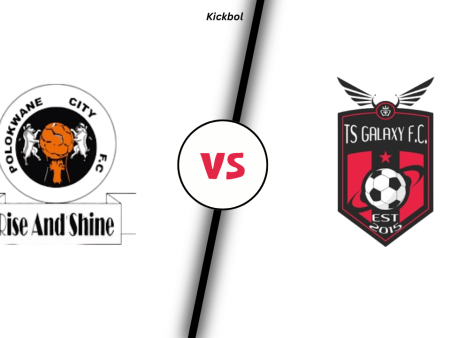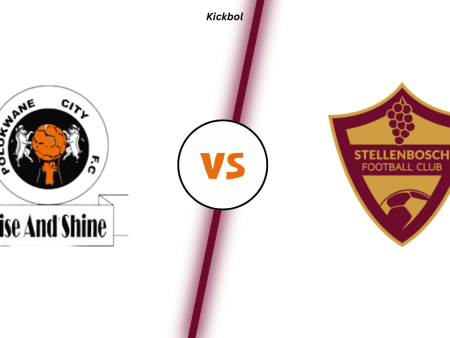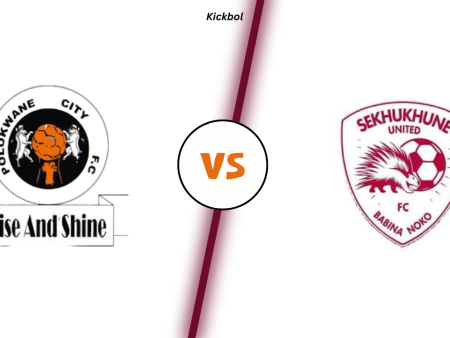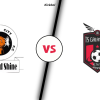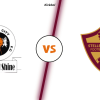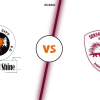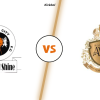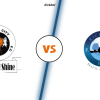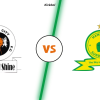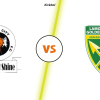Football rivalries are often rooted in geography, but the intense clash between Crystal Palace and Brighton & Hove Albion, located roughly 40 miles apart along the M23 motorway, defies that convention. Their rivalry is a relatively recent phenomenon, ignited in the 1970s and fueled by controversial managerial moves and fierce on-field battles.
Head-to-Head: A Tightly Contested Affair
| Statistic | Crystal Palace | Brighton & Hove Albion |
|---|---|---|
| Total Matches Played | 109 | 109 |
| Crystal Palace Wins | 40 | 39 |
| Draws | 30 | 30 |
| Crystal Palace Goals Scored | 147 | 146 |
| Brighton & Hove Albion Goals Scored | 146 | 147 |
The statistics paint a picture of a rivalry defined by parity and unpredictable outcomes. No team holds a dominant edge in wins or goals scored, setting the stage for thrilling match-ups where anything is possible.
Playing Styles and Formations: Contrasting Approaches
- Crystal Palace: Under Patrick Vieira, Crystal Palace has embraced a fluid, attacking style of play. They often utilize a 4-3-3 formation, prioritizing quick transitions, direct attacking through wingers, and the creative talents of players like Eberechi Eze and Wilfried Zaha.
- Brighton & Hove Albion: Brighton, under Roberto De Zerbi, has become synonymous with possession-based football. They frequently line up in a 4-2-3-1 or a 3-4-3, emphasizing controlled build-up play, patient passing, and exploiting spaces between the lines. Their fluidity in attack makes them difficult to defend against.
History: From Grudge to Genuine Rivalry
The rivalry’s origins lie in the 1970s when the clubs competed regularly in the lower divisions. The tension intensified during the 1976-77 season, with both teams fighting for promotion. A series of hotly contested matches bred ill will between the two sets of fans.
Things took a dramatic turn when Alan Mullery, Brighton’s manager, joined Crystal Palace in 1982. This move was seen as a betrayal by Brighton fans and further inflamed the rivalry. Mullery’s return to Brighton as Palace manager only solidified the animosity between the clubs.
Recent Transfer History: Ambition vs. Stability
- Crystal Palace: Palace has taken a more ambitious approach to their transfer strategy in recent years. Their goal is to solidify their presence in the Premier League with signings of promising young talents like Marc Guéhi, Michael Olise, and Odsonne Édouard.
- Brighton & Hove Albion: Brighton’s transfer activity reflects their focus on stability and long-term development. They emphasize identifying high-potential players while operating within a more controlled budget. Key signings like Moisés Caicedo and Kaoru Mitoma exemplify their scouting prowess.
The “Poo-gate” Incident: A Rivalry Fueled by Controversy
One of the rivalry’s most infamous chapters occurred in 2013. Prior to a playoff semi-final, Crystal Palace players discovered human excrement smeared in Brighton’s changing room. This incident further poisoned the atmosphere between the clubs and became known as “Poo-gate.”
The Rivalry Today
The Crystal Palace vs. Brighton rivalry is now one of the most fiercely contested in England. Both clubs are establishing themselves as Premier League mainstays, raising the stakes of their matches. The combination of history, contrasting playing styles, and the unpredictability on the pitch makes the M23 derby a can’t-miss fixture for football fans.
In Conclusion
The rivalry between Crystal Palace and Brighton & Hove Albion is a testament to the power of football to forge deep-seated passions. While lacking the long history of traditional derbies, it has developed into a spectacle defined by competitiveness, drama, and the occasional touch of the bizarre. As both clubs continue to progress, the M23 derby seems destined to become even more intense and captivating in the years to come.
